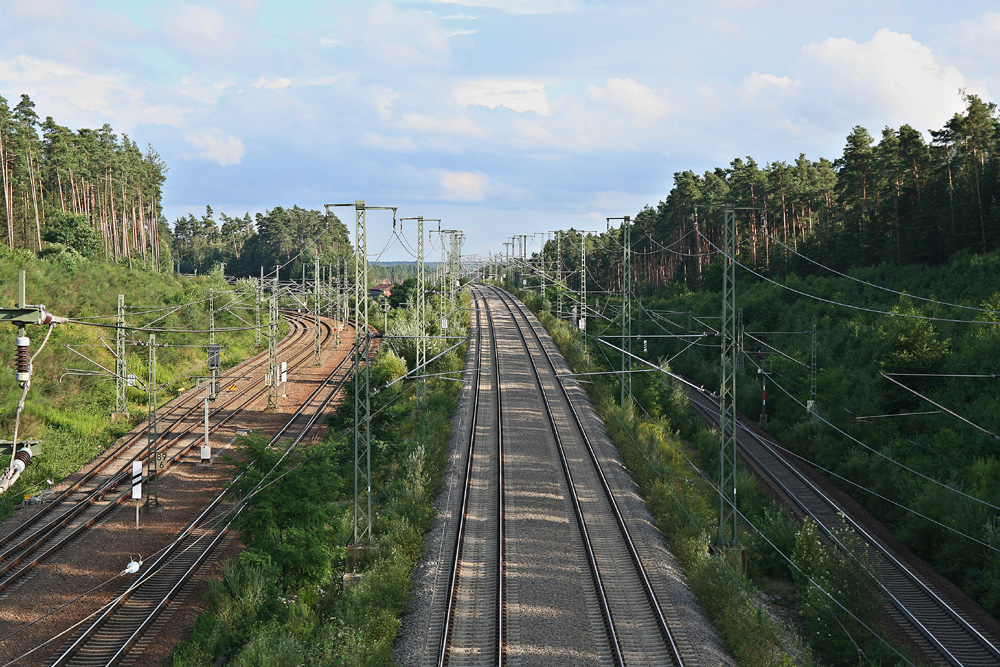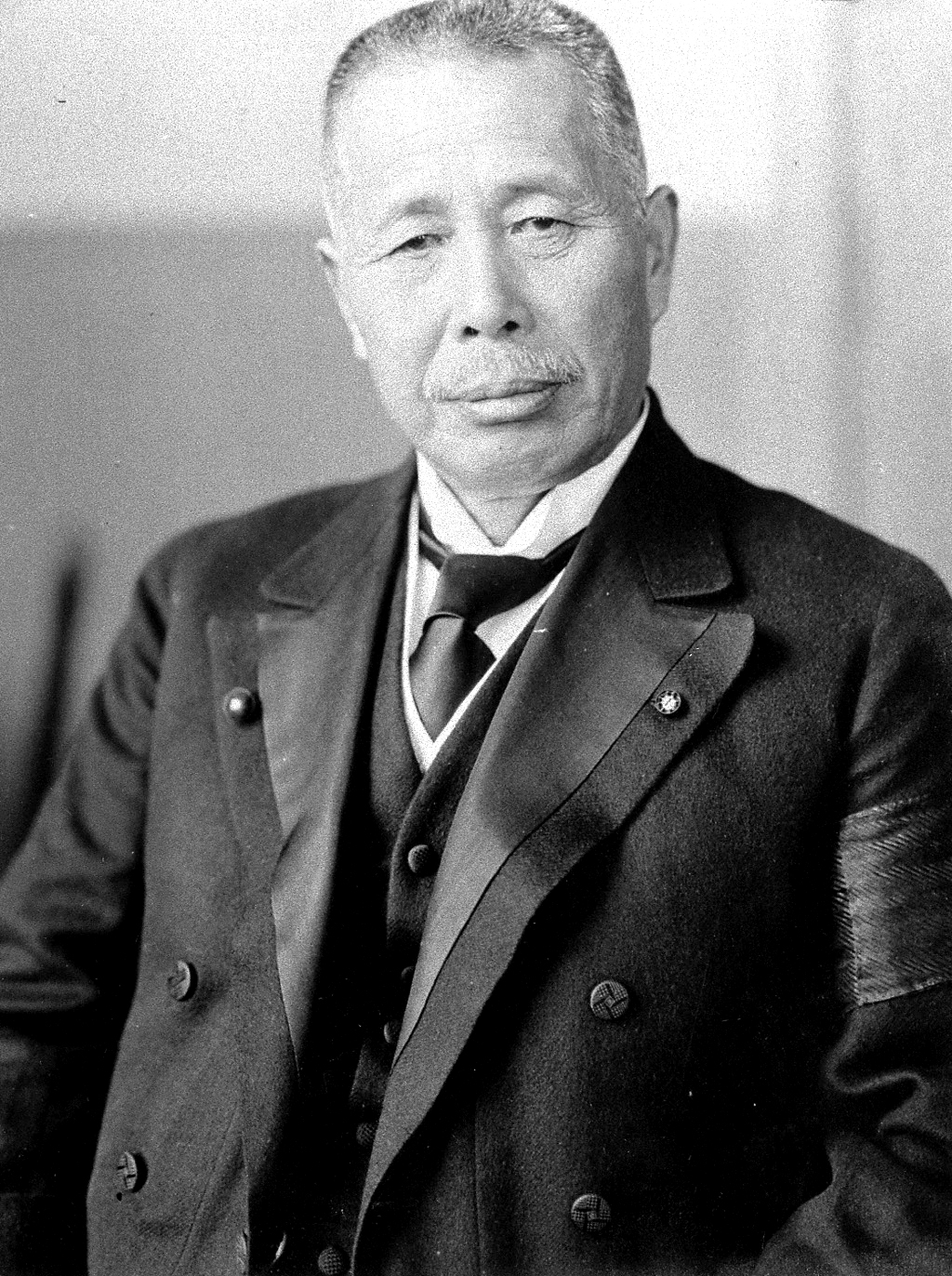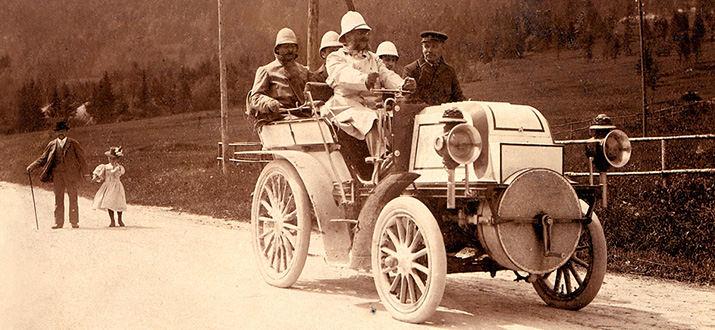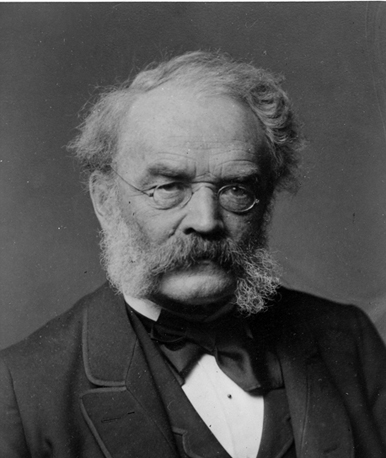|
Yamamoto Jōtarō
was a politician and businessman in late Meiji and early Taishō period Empire of Japan. He is noted for his involvement in the Siemens scandal of 1914 and in the development of the South Manchurian Railway. Biography Yamamoto Jōtarō was born on October 11, 1867, in Echizen Province (part of present-day Echizen, Fukui Prefecture) as the eldest son of Yamamoto Jōetsu, a samurai The samurai () were members of the warrior class in Japan. They were originally provincial warriors who came from wealthy landowning families who could afford to train their men to be mounted archers. In the 8th century AD, the imperial court d ... of the Fukui Domain. Yamamoto attended and dropped out from the Kaisei Academy. After joining Mitsui Bussan, he worked at the Yokohama branch, Shanghai branch, Shanghai Boseki Company, and Osaka branch, rising rapidly through the corporate ranks, becoming Executive Director of Mitsui by 1909. He was forced to resign from Mitsui in 1914, after being i ... [...More Info...] [...Related Items...] OR: [Wikipedia] [Google] [Baidu] |
Echizen Province
was a Provinces of Japan, province of Japan in the area that is today the northern portion of Fukui Prefecture in the Hokuriku region of Japan. Echizen bordered on Kaga Province, Kaga, Wakasa Province, Wakasa, Hida Province, Hida, and Ōmi Province, Ōmi Provinces. It was part of Hokurikudō Gokishichidō, Circuit. Its abbreviated form name was . History Ancient and classical Echizen was an Old provinces of Japan, ancient province of Japan and is listed as one of the original provinces in the ''Nihon Shoki''. The region as a whole was sometimes referred to as . In 507, during a succession crisis, the king of Koshi was chosen to become the 26th emperor of Japan, Emperor Keitai. In 701 AD, per the reforms of the Taihō Code, Koshi was divided into three separate provinces: Echizen, Etchū Province, Etchū, and Echigo Province, Echigo. The original Echizen included all of what is now Ishikawa Prefecture. In 718 A.D., four districts of Japan, districts of northern Echizen (Hakui D ... [...More Info...] [...Related Items...] OR: [Wikipedia] [Google] [Baidu] |
Yokohama
is the List of cities in Japan, second-largest city in Japan by population as well as by area, and the country's most populous Municipalities of Japan, municipality. It is the capital and most populous city in Kanagawa Prefecture, with a population of 3.7 million in 2023. It lies on Tokyo Bay, south of Tokyo, in the Kantō region of the main island of Honshu. Yokohama is also the major economic, cultural, and commercial hub of the Greater Tokyo Area along the Keihin region, Keihin Industrial Zone. Yokohama was one of the cities to open for trade with the Western world, West following the 1859 end of the Sakoku, policy of seclusion and has since been known as a cosmopolitan port city, after Kobe opened in 1853. Yokohama is the home of many Japan's firsts in the Meiji (era), Meiji period, including the first foreign trading port and Chinatown (1859), European-style sport venues (1860s), English-language newspaper (1861), confectionery and beer manufacturing (1865), daily newspap ... [...More Info...] [...Related Items...] OR: [Wikipedia] [Google] [Baidu] |
Spur Line
A branch line is a secondary railway line which branches off a more important through route, usually a main line. A very short branch line may be called a spur line. Branch lines may serve one or more industries, or a city or town not located on a main line. Branch lines may also connect two or more main lines. Industrial spur An industrial spur is a type of secondary track used by railroads to allow customers at a location to load and unload railcars without interfering with other railroad operations. Industrial spurs can vary greatly in length and railcar capacity depending on the requirements of the customer the spur is serving. In heavily industrialized areas, it is not uncommon for one industrial spur to have multiple sidings to several different customers. Typically, spurs are serviced by local trains responsible for collecting small numbers of railcars and delivering them to a larger yard, where these railcars are sorted and dispatched in larger trains with other ... [...More Info...] [...Related Items...] OR: [Wikipedia] [Google] [Baidu] |
South Manchurian Railway Company
The South Manchuria Railway (; ), officially , Mantetsu () or Mantie () for short, was a large of the Empire of Japan whose primary function was the operation of railways on the Dalian– Fengtian (Mukden)–Changchun (called Xinjing from 1931 to 1945) corridor in northeastern China, as well as on several branch lines. In 1905, after Russia's defeat in the Russo-Japanese War, this area was taken over by Japan as the South Manchuria Railway Zone. Mantetsu was established in 1906 to operate the railways taken over from the Russians. Subsequently, Mantetsu expanded by building new lines for itself and for Chinese-owned undertakings, and after the establishment of the puppet state of Manchukuo in 1932, it was also entrusted with the management of the Manchukuo National Railway. Between 1917 and 1925, Mantetsu was also responsible for the management of the Chōsen Government Railway in Japanese-occupied Korea. However, it was also involved in nearly every aspect of the econom ... [...More Info...] [...Related Items...] OR: [Wikipedia] [Google] [Baidu] |
Tanaka Giichi
Baron was a Japanese general and politician who served as Prime Minister of Japan from 1927 to 1929. Born to a ''samurai'' family in the Chōshū Domain, Tanaka became an officer in the Imperial Japanese Army and rose through the ranks. He served as Minister of the Army under Prime Ministers Hara Takashi and Yamamoto Gonnohyōe. After retiring from active duty he accepted the presidency of the Rikken Seiyūkai, a major conservative party. Following the resignation of the Wakatsuki Cabinet in 1927, Tanaka was appointed Prime Minister. In foreign affairs, he pursued a hawkish policy; in domestic affairs, he sought to suppress communist movements. Criticised for his handling of the unauthorised assassination of Zhang Zuolin by a Kwangtung Army officer, he resigned in 1929 and died soon afterwards. Early life and military career Tanaka was born as the third son of a low-ranking ''samurai'' family in the service of Chōshū Domain in Hagi, Nagato Province (modern day Yamaguchi ... [...More Info...] [...Related Items...] OR: [Wikipedia] [Google] [Baidu] |
Prime Minister Of Japan
The is the head of government of Japan. The prime minister chairs the Cabinet of Japan and has the ability to select and dismiss its ministers of state. The prime minister also serves as the commander-in-chief of the Japan Self-Defense Forces, Japan Self Defence Forces. The National Diet (parliament) nominates the prime minister from among its members (typically from among the members of the House of Representatives (Japan), House of Representatives). He is then formally appointed by the Emperor of Japan, emperor. The prime minister must retain the confidence of the House of Representatives to remain in office. The prime minister lives and works at the Naikaku Sōri Daijin Kantei (Prime Minister's Official Residence) in Nagatachō, Chiyoda, Tokyo, Chiyoda, Tokyo, close to the National Diet Building. List of prime ministers of Japan, Sixty-five men have served as prime minister, the first of whom was Itō Hirobumi taking office on 22 December 1885. The List of prime minist ... [...More Info...] [...Related Items...] OR: [Wikipedia] [Google] [Baidu] |
Political Party
A political party is an organization that coordinates candidates to compete in a particular area's elections. It is common for the members of a party to hold similar ideas about politics, and parties may promote specific political ideology, ideological or policy goals. Political parties have become a major part of the politics of almost every country, as modern party organizations developed and spread around the world over the last few centuries. Although List of countries without political parties, some countries have no political parties, this is extremely rare. Most countries have Multi-party system, several parties while others One-party state, only have one. Parties are important in the politics of autocracies as well as democracies, though usually Democracy, democracies have more political parties than autocracies. Autocracies often have a single party that Government, governs the country, and some political scientists consider competition between two or more parties to ... [...More Info...] [...Related Items...] OR: [Wikipedia] [Google] [Baidu] |
Rikken Seiyūkai
The was one of the main political party, political parties in the pre-war Empire of Japan. It was also known simply as the ''Seiyūkai''. Founded on September 15, 1900, by Itō Hirobumi,David S. Spencer, "Some Thoughts on the Political Development of the Japanese People", ''The Journal of International Relations'' (January 1920) p325 the ''Seiyūkai'' was a pro-government alliance of bureaucrats and former members of the ''Kenseitō.'' The ''Seiyūkai'' was the most powerful political party in the House of Representatives of Japan, Lower House of the Diet of Japan from 1900 to 1921, and it promoted big government and large-scale public spending. Though labeled "Liberalism, liberal" by its own members, it was generally conservatism, conservative by modern definitions. It often opposed social reforms and it supported bureaucratic control and militarism to win votes. It viewed the ''Rikken Minseitō'' as its main rival. The ''Seiyūkai'' came into power in October 1900 under th ... [...More Info...] [...Related Items...] OR: [Wikipedia] [Google] [Baidu] |
House Of Representatives Of Japan
The is the lower house of the National Diet of Japan. The House of Councillors is the upper house. The composition of the House is established by and of the Constitution of Japan. The House of Representatives has 465 members, elected for a four-year term. Of these, 176 members are elected from 11 multi-member constituencies by a Party-list proportional representation, party-list system of proportional representation, and 289 are elected from single-member constituencies. The overall voting system used to elect the House of Representatives is a Parallel voting, parallel system, a form of semi-proportional representation. Under a parallel system, the allocation of list seats does not take into account the outcome in the single seat constituencies. Therefore, the overall allocation of seats in the House of Representatives is not proportional, to the advantage of larger parties. In contrast, in bodies such as the German ''Bundestag'' or the New Zealand Parliament the election of s ... [...More Info...] [...Related Items...] OR: [Wikipedia] [Google] [Baidu] |
Entrepreneur
Entrepreneurship is the creation or extraction of economic value in ways that generally entail beyond the minimal amount of risk (assumed by a traditional business), and potentially involving values besides simply economic ones. An entrepreneur () is an individual who creates and/or invests in one or more businesses, bearing most of the risks and enjoying most of the rewards. The process of setting up a business is known as "entrepreneurship". The entrepreneur is commonly seen as an innovator, a source of new ideas, goods, services, and business/or procedures. More narrow definitions have described entrepreneurship as the process of designing, launching and running a new business, often similar to a small business, or (per ''Business Dictionary'') as the "capacity and willingness to develop, organize and manage a business venture along with any of its risks to make a profit". The people who create these businesses are often referred to as "entrepreneurs". In the field of ... [...More Info...] [...Related Items...] OR: [Wikipedia] [Google] [Baidu] |
Siemens AG
Siemens AG ( ) is a German multinational technology conglomerate. It is focused on industrial automation, building automation, rail transport and health technology. Siemens is the largest engineering company in Europe, and holds the position of global market leader in industrial automation and industrial software. The origins of the conglomerate can be traced back to 1847 to the ''Telegraphen Bau-Anstalt von Siemens & Halske'' established in Berlin by Werner von Siemens and Johann Georg Halske. In 1966, the present-day corporation emerged from the merger of three companies: Siemens & Halske, Siemens-Schuckert, and Siemens-Reiniger-Werke. Today headquartered in Munich and Berlin, Siemens and its subsidiaries employ approximately 320,000 people worldwide and reported a global revenue of around €78 billion in 2023. The company is a component of the DAX and Euro Stoxx 50 stock market indices. As of December 2023, Siemens is the second largest German company by market ... [...More Info...] [...Related Items...] OR: [Wikipedia] [Google] [Baidu] |
Imperial Japanese Navy
The Imperial Japanese Navy (IJN; Kyūjitai: Shinjitai: ' 'Navy of the Greater Japanese Empire', or ''Nippon Kaigun'', 'Japanese Navy') was the navy of the Empire of Japan from 1868 to 1945, Potsdam Declaration, when it was dissolved following surrender of Japan, Japan's surrender in World War II. The Japan Maritime Self-Defense Force (JMSDF) was formed between 1952 and 1954 after the dissolution of the IJN. The IJN was the third largest navy in the world by 1920, behind the Royal Navy and the United States Navy (USN). It was supported by the Imperial Japanese Navy Air Service for reconnaissance and airstrike operations from the fleet. It was the primary opponent of the Allies of World War II, Western Allies in the Pacific War. The IJN additionally fielded Imperial Japanese Navy land forces, limited land-based forces, including Special Naval Landing Forces, professional marines, Japanese marine paratroopers of World War II, marine paratrooper units, anti-aircraft defense units ... [...More Info...] [...Related Items...] OR: [Wikipedia] [Google] [Baidu] |










